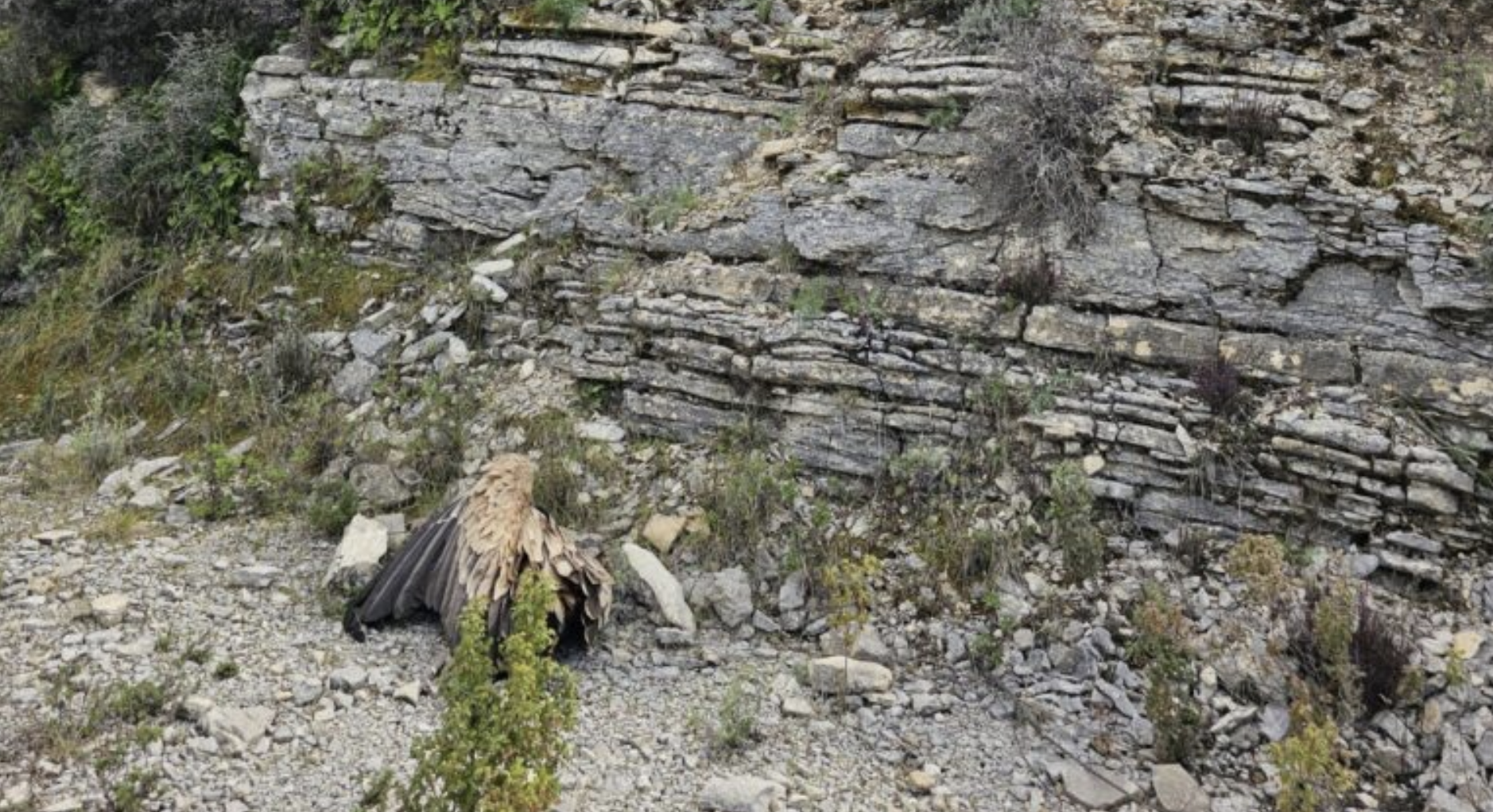
Saudi Arabia seems to be one of the most preferred travel destinations for the young vultures from the Rhodope Mountains in Bulgaria. Two Griffon Vultures equipped with satellite transmitter within the LIFE Re-Vultures project have spent nearly five months far away from home, finally reaching Saudi Arabia.
The first trip of the two tagged Griffon Vultures
One of the birds was marked near Sredna Arda river in the Rhodopes and therefore bears the name Sarda. The other was tagged in a nest near Madjarovo. Both vultures were hatched in 2019 and very soon after that embarked their first migration south. “This is their first trip to Saudi Arabia, so far they are alive and doing well, searching for food, crossing their ways and even feeding together every now and then. In a month or two they should head back to the north and hopefully reach Bulgaria and Rhodope Mountains”, comments by Volen Arkumarev from Bulgarian Society for the Protection of Birds (BSPB).
More Griffon Vulture wanderers
This is not the first time young Griffon Vultures have embarked on a journey to a far away country. Another traveller – Arda has spent several winters in Saudi Arabia. Last year another Griffon Vulture named Kaya chose to travel to Israel and Syria, where she was even “caught” by photo traps placed at a feeding site in one of Israel’s national parks. The photo- traps captured interesting moments from the wanderings of the griffon, with one of the photos showing Kaya sharing lunch with a fox. Shortly after, Kaya was captured by Israeli ornithologists in the Negev Desert, where they annually captured, marked and took samples from the vultures.

Monitoring vulture movements
Data from transmitters is obtained on a daily basis, and the project team closely monitors the movements of marked birds, feeding and resting areas, as well as places where more vultures congregate. “In the absence of a signal from any bird or unusual behaviour, a field check is carried out by the team or foreign colleagues if the bird is located outside Bulgaria,” said BSPB’s Dobromir Dobrev.
Importance of tagging vultures with transmitters
Satellite tracking allows experts to easily locate transmitter-equipped vultures. This enhances the knowledge and information available about their distribution, movements, threats, and mortality in these birds. This important conservation activity is being implemented under the LIFE Re-Vultures project.
Source: Rewilding Rhodopes
LIFE Re-Vultures

Starting in 2016, the five-year LIFE RE-Vultures project was developed by Rewilding Europe, in collaboration with the Rewilding Rhodopes Foundation the Bulgarian Society for the Protection of Birds, WWF Greece, the Hellenic Ornithological Society and us here at the Vulture Conservation Foundation. The aim of the project is to support the recovery and further expansion of the populations of Cinereous and Griffon Vultures in the cross-border region of the Rhodope Mountain by improving natural prey availability, monitoring movements of birds to help understand the threats they face and carrying out activities that will reduce the mortality of the populations from threats such as illegal wildlife poisoning and collisions with electricity infrastructure.




